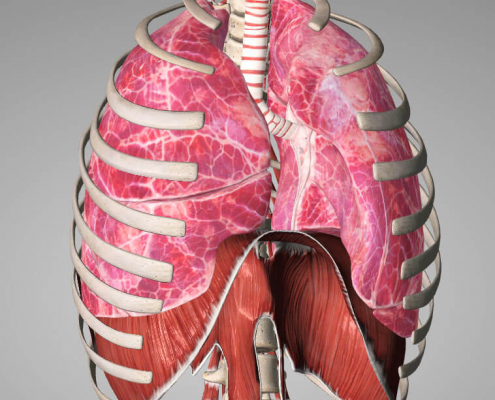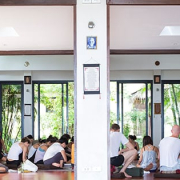 https://samahitaretreat.com/wp-content/uploads/2018/03/flower-shaucha.jpg
800
800
Dr. Paul Dallaghan
http://samahitaretreat.com/wp-content/uploads/2024/01/samahita-logo-v2.svg
Dr. Paul Dallaghan2018-03-13 00:00:002024-02-15 09:21:44Shaucha – Pure and Natural
https://samahitaretreat.com/wp-content/uploads/2018/03/flower-shaucha.jpg
800
800
Dr. Paul Dallaghan
http://samahitaretreat.com/wp-content/uploads/2024/01/samahita-logo-v2.svg
Dr. Paul Dallaghan2018-03-13 00:00:002024-02-15 09:21:44Shaucha – Pure and Natural8 Reasons to do Breathing Exercises
8 Breathing Exercise Improvements on an Anatomical Physical Level: to your Respiratory, Neuroendocrine, Cardiovascular and Digestive Systems
The points in this blog appears as part of more detailed article that covers 9 full benefits to breathing exercises especially in the area of psychological resilience
Anatomical physical improvements to your respiratory, neuroendocrine, cardiovascular and digestive systems:
- Improve the capacity and functioning of your diaphragm, your primary muscle of breathing which in turn leads to easier and deeper breaths, impacting your ability to breathe and thus deal with the burden of stress while building stress resilience.
- An improved better functioning diaphragm massages the lungs, heart, and digestive organs below it in an alternating continuous manner throughout the entire day, increasing blood flow to these organs in the process. Your diaphragm is attached via fascial layers to the outer compartments of your heart and lungs, it sits right on top of the liver, runs over the stomach and spleen, and then, through movement of these organs and the subsequent pressure created in an inhale or release of that pressure in an exhale, organs further away from your diaphragm also benefit from 10-15 alternating movements every minute.
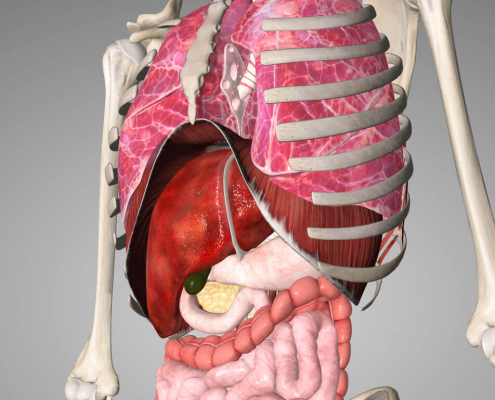
- Better digestion and elimination: improved diaphragmatic functioning through its massaging effect just noted above, stimulates the liver, kidneys, bowels, even stomach and pancreas, through its touch, which in turn leads to improved digestive and elimination function. Add to this the changes in autonomic functioning with greater parasympathetic activity decreasing the stress burden, an overall outcome is improved functioning digestion and elimination. Parasympathetic input, which the breath is one of the major triggers for, turns on the enteric engine that governs both digestive and eliminative efficiency.
- Increased elasticity of lungs as they are literally trained in a physical sense as you sit and go through repetitions of guided, regulated breaths. It’s true activities like running and other aerobic forms can also train this but seated, regulated breathing exercises focus solely on the function of breath without other muscular activity compromising that for now. It is a pure and simple respiratory training. And lung tissue is highly elastic, can be expansive but likes to recoil.
- The repeated taking in of measured, slightly large inhales and the capacity to elongate and draw out the exhale leads to improved respiratory muscular functioning, already referred to in improvements in the diaphragm (point 1 above), but add to that the external intercostal muscles with a rib cage able to move, expand and in true circular fashion, improve the breath even more.
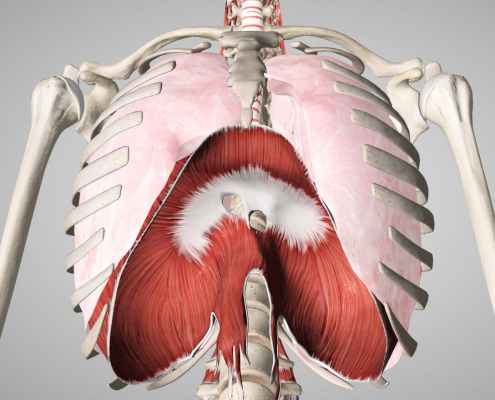
- Regular breathing exercises and a corrected way of breathing helps you take care of your spine: the crura of the diaphragm attach directly to the spinal column, fascially-linked to the psoas muscle, both attaching along the lumbar spine and overlapping around L1-2 That’s a lumbar spine area just above your navel). Each good breath provides movement to the lumbar discs along with movement from the diaphragm on back muscles and the rib cage, both influencing the spine via massage on each breath and support muscularly. You can literally manage and reduce back pain by improving your breathing – this is no exaggeration. Of course for some there is more involved in back pain but for many it is mild and uncomfortable that a change like this to the capacity and movement of how you breathe can influence the support of your spine in a positive way. You’ll only know if you take it on and practice these breathing exercises.
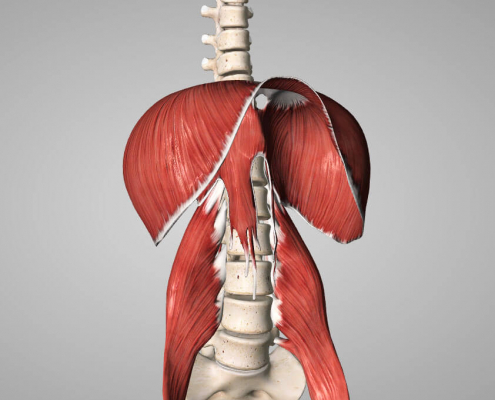
- Dedicated training time in the physical anatomical function of breathing trains the respiratory system, which includes muscles and the nerves that support them, to simply function better and as a result work better over a 24-hour period. This is especially important in terms of how breath works when you sleep. For many breathing malfunctions once sleep takes over which compromises health and how rested you feel. Others even breathe unconsciously through their mouths in sleep and often unknowingly when awake. Such a training actually regulates the respiratory rhythm at the nerve center in the brain stem while equally emphasizing breathing through your nose (Read this for more on the nose breathing)
- The trained respiratory system that now functions better over a 24-hour period also improves oxygen uptake and delivery over a 24-hour period. This literally means your cells are better nourished which affects all physical and physiological functions, including brain cells. It is important to understand that at the time of breathing practice you do not take in more oxygen as breaths are slower and longer. However, this time committed to practice trains your respiratory system (see point 7 above) and regulates the continuing unconscious activity of breathing so it starts to work better all day and night, subsequently improving oxygen uptake and delivery. This is a HUGE BENEFIT. The only way to receive such a benefit, however, is to regularly do your breathing exercises.
The simple message here is …. Regularly Practice these Breathing Exercises
They’re free and of immense personal value. It just needs your time.
Dr. Paul Dallaghan’s expertise with breathwork, body and meditative practices comes from three sources: (1) three decades of daily dedicated practice and teaching these techniques; (2) uniquely acknowledged in the Yoga tradition by the title of “Master Yogi-Prānācharya (expert in breath)”, following an immersion in the original culture through one-on-one direct training in practice and study of ancient texts; (3) a PhD in doctoral scientific research at a leading US university (Emory) covering both the tradition and science of yoga and breath practices in terms of stress, health and aging. As a result, Paul occupies a unique space to impart genuine teaching and science on the breath, body, and meditative practices, seen as a Teacher-of-teachers and identified to carry on the tradition of Pranayama. His sincere and ongoing role is to teach, write and research, to help put out experienced and authentic information on these areas of how we live, breathe and be, to help people improve their mental and physical health, and live more fulfilling lives.
For more on his background see his bio
More from the Samahita Blog
